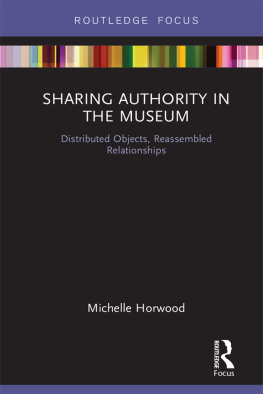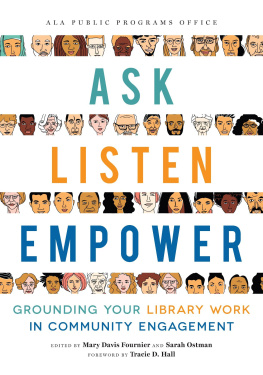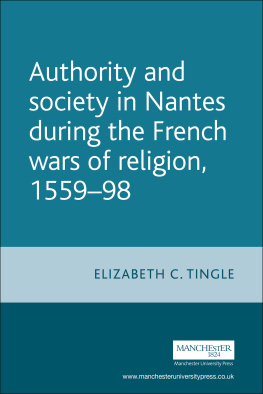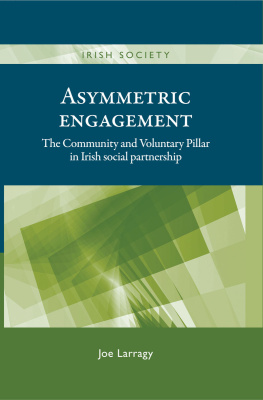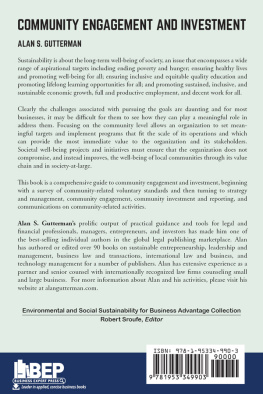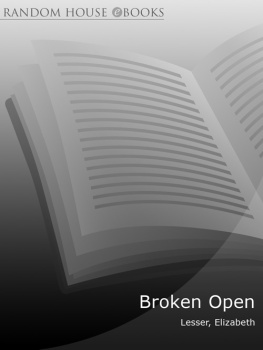First published 2012 by Left Coast Press, Inc.
Published 2016 by Routledge
2 Park Square, Milton Park, Abingdon, Oxon OX14 4RN
711 Third Avenue, New York, NY 10017, USA
Routledge is an imprint of the Taylor & Francis Group, an informa business
Copyright 2012 Taylor & Francis
All rights reserved. No part of this book may be reprinted or reproduced or utilised in any form or by any electronic, mechanical, or other means, now known or hereafter invented, including photocopying and recording, or in any information storage or retrieval system, without permission in writing from the publishers.
Notice:
Product or corporate names may be trademarks or registered trademarks, and are used only for identification and explanation without intent to infringe.
Send manuscript correspondence to Kris Morrissey, Director, Museology Program, University of Washington, Seattle, WA. Phone (206) 6858207
Composition by Hannah Jennings Design, Chicago/St. Petersburg.
ISBN 13: 978-1-61132-827-1 (pbk)
Cover Design by Mark Rosen.
Museums & Social Issues
A Journal of Reflective Discourse
Volume 7 Number 2 Fall 2012
Open(ing) Authority Through Community Engagement
Edited by Elizabeth A. Bollwerk, Natalye B. Tate,
and Robert P. Connolly
Elizabeth A. Bollwerk and Natalye B. Tate
George Gumerman, Jolle Clark, Elmer J. Satala, and Ruby Chimerica
Rebeccah Sanders and Elise Fulara
Joy Sather-Wagstaff and Rebekah Sobel
Mario Longoni and Ryan Lugalia-Hollon
Kathryn O. Fay and Christopher C. Fennel
Robert P. Connolly, Samantha E. Gibbs, and Mallory L. Bader
Tracy Lauritzen Wright
Robyn Buseman, Thora Jacobson, and Cynthia Little
Natalye B. Tate
Elizabeth A. Bollwerk
Museums & Social Issues
A Journal of Reflective Discourse
Editorial Board 2012
John Fraser, President & CEO, New Knowledge Organization
Robert Garfinkle, Director, Science & Social Change Program, Science Museum of Minnesota
George E. Hein, Professor Emeritus, Lesley University
Judith Koke, Director of Education and Interpretive Programs, Nelson-Atkins Museum of Art
Randi Korn, Director, Randi Korn & Associates, Inc.
Lisa Roberts, Consultant, Chicago
Richard Sandell, Director, Department of Museum Studies, University of Leicester
Marjorie Schwarzer, Oakland, CA
Lois H. Silverman, Museums in Social Service, Bloomington, IN
John Spiak, Director and Curator Grand Central Art Center, Santa Ana, CA
Elee Wood, Associate Professor and Public Scholar of Museums, Families, and Learning
Douglas Worts, Culture and Sustainability Specialist , WorldViews Consulting
Editor: Kristine Morrissey, Director of Museology,
University of Washington
Production Assistant: Paul Tupper,
University of Washington
Introduction
Elizabeth A. Bollwerk and Natalye B. Tate
In 2010, Robert Connolly organized a two-session panel at the Annual Meeting of the Society for Applied Anthropology in Seattle, Washington. The three hours of papers focused on community engagement in museum and archaeological contexts. Both sessions were packed, with attendees lining the back wall and sitting on the floor. After the sessions, the participants gathered for a celebratory lunch to discuss future directions. This journal issue, Open(ing) Authority through Community Engagement, is a direct result of that panel, the subsequent lunch conversation, the exchange of business cards, the participants endless enthusiasm, effort, and support, along with two years of emails, phone calls, and Google Hangouts. Out of the total set of papers, those included in this volume were held together by a common thread of museums, authority, and community engagement.
Today, museum communities take that first step towards sustainability through engaging with entities and groups existing outside the museum walls. But, the meaning of engagement can vary by context and fluctuate in its efficacy as practitioners negotiate the engagement through time, space, and experience. The American Alliance of Museums website (AAM, 2012) states that engagement with communities allows museums to gather better input from their constituents, develop a more nuanced view about the communitys demographics and needs, respond to the changing nature of its audiences, and incorporate these findings into planning and operational decisions. This statement denotes a social contract, one this issues contributors consider crucial for empowering museum visitors, local communities, and volunteers to transition from passive to active participants in all aspects of museum operations. This call to work with the many forms public participation can take, as opposed to for these interests, guides this issues authors understanding of engagement.
Engagement requires a long-term investment in what the field of museum practices often considers extra-academic resources. At a time when financial cutbacks require museum employees to take on more tasks than ever before, conceptualizing how engagement can be part of a museums regular operating structure can seem a daunting prospect. But, as the articles in this issue (Connolly et al.; Tate; Wright) show, engagement best operates as a reciprocal process that increases public interest in the museum and inspires visitors to take greater responsibility as active stakeholders and informed participants. In the following paragraph we describe the model used in this volume to negotiate the difficulties of institutionalizing museum relationships with the public.
In 1971, Duncan F. Cameron posited that a museum should be both a temple and a foruman authoritative space and a place for dialogue that coexists within a museum but remains separate (Phillips, 2012). Other scholars and practitioners have taken up this call, noting that museums should not seek to only disseminate information/knowledge but must also encourage knowledge sharing and creation that is reciprocal. In this context, successful engagement necessitates an exchange rather than a one-way dissemination of information (Adair el al., 2011; Karp et al., 1992; Phillips, 2012; Satwicz & Morrissey, 2011; Shirky, 2012; Simon, 2010, 2011, 2012; Tchen, 1992; Weil, 2002). Although a number of different phrases have been used to describe this process, the one we have chosen to use here is open authority.
Open authority focuses on neither the organization nor the constituent, but on the process of bringing both entities to work together as one. The term open authority captures the power dynamic between museums and their visitors. Lori Phillips (2012) defines open authority in the museum context as a mixing of institutional expertise with the discussions, experiences, and insights of broad audiences. Opening up authority within a global platform can increase points of view and establish a more complete representation of knowledge. Museum practitioners and cultural heritage professionals have struggled with notions of




